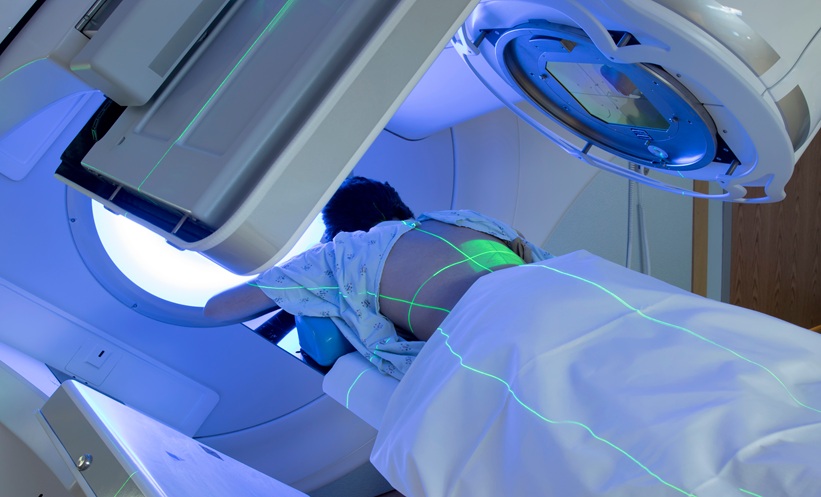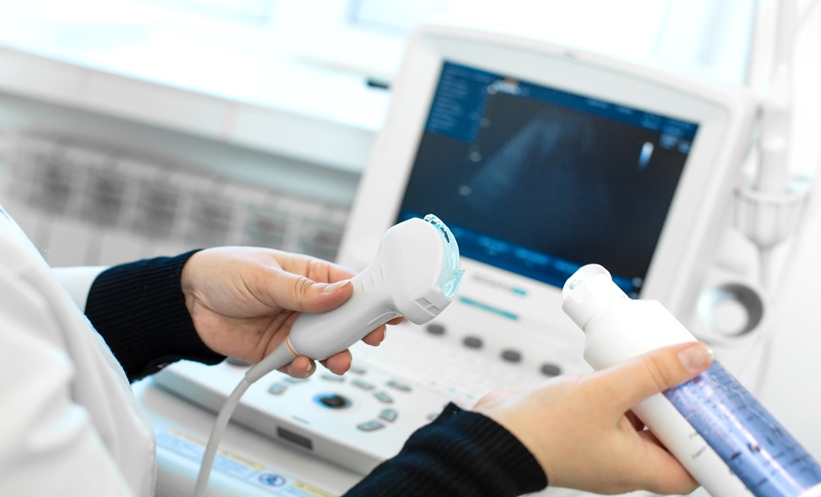ACTIVE surveillance for low- and intermediate-risk prostate cancer has become increasingly popular during the past decade, according to the results of a cross-sectional study. Active surveillance, the process of monitoring prostate cancer with the intention of treatment following disease progression, has become increasingly popular amongst males with low risk of favourable intermediate-risk prostate cancer.
Researchers at Vanderbilt University Medical Center, Nashville, Tennessee, USA, conducted a cross-sectional study in which they analysed de-identified data obtained through the National Cancer Institute (NIH)’s Surveillance, Epidemiology, and End Results (SEER) Program’s Prostate with Watchful Waiting database. Males aged 40 or over, diagnosed with either low-risk (n=74,103) or favourable intermediate-risk (n=31,699) prostate adenocarcinoma from 2010–2018, were included. The Cochran–Armitage test and linear regression were employed to assess temporal trends and changes, while conducting multivariable logistic regression analysis to assess the outcomes of active surveillance compared to definitive treatment, such as radical prostatectomy or radiotherapy.
Between 2010–2018, rates of active surveillance increased from 16.4%–59.9% for males with low-risk prostate cancer, and from 7.8–21.8% for those with intermediate-risk prostate cancer in the USA. However, Asian/Pacific Islander and Hispanic males appeared less likely to undergo active surveillance than their White counterparts.
Further analysis revealed that the age of men who opted for active surveillance decreased during the same period. For males at low-risk, the mean age decreased from 65 to 64 years, and for intermediate-risk the average age decreased from 70 to 67 years. Finally, the number of positive biopsy cores was associated with an increased chance of undergoing definitive treatment (adjusted odds ratio: 0.56; 95% confidence interval: 0.53–0.58 for two positive biopsy cores in low-risk disease).
Bashir Al Hussein Al Awamlh, Vanderbilt University Medical Center, concluded: “Our findings suggest that patients and physicians are increasingly becoming more comfortable with observing a subset of cancers with low-risk features, extending the benefits of surveillance to more men.” However, they believe there remains room for improvement in active surveillance uptake in the USA to match the uptake seen in parts of Europe and Australia that demonstrate the safety of active surveillance.








